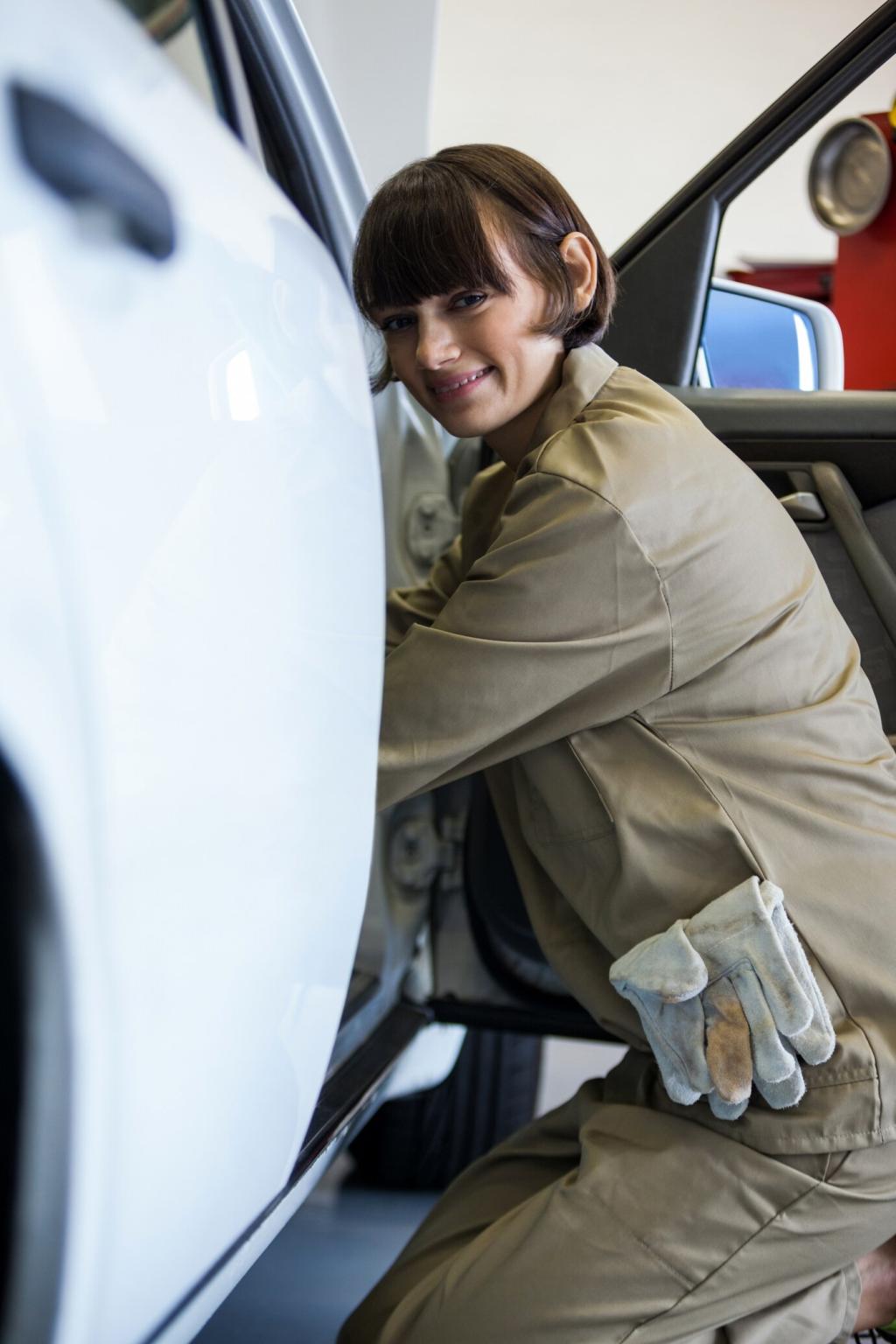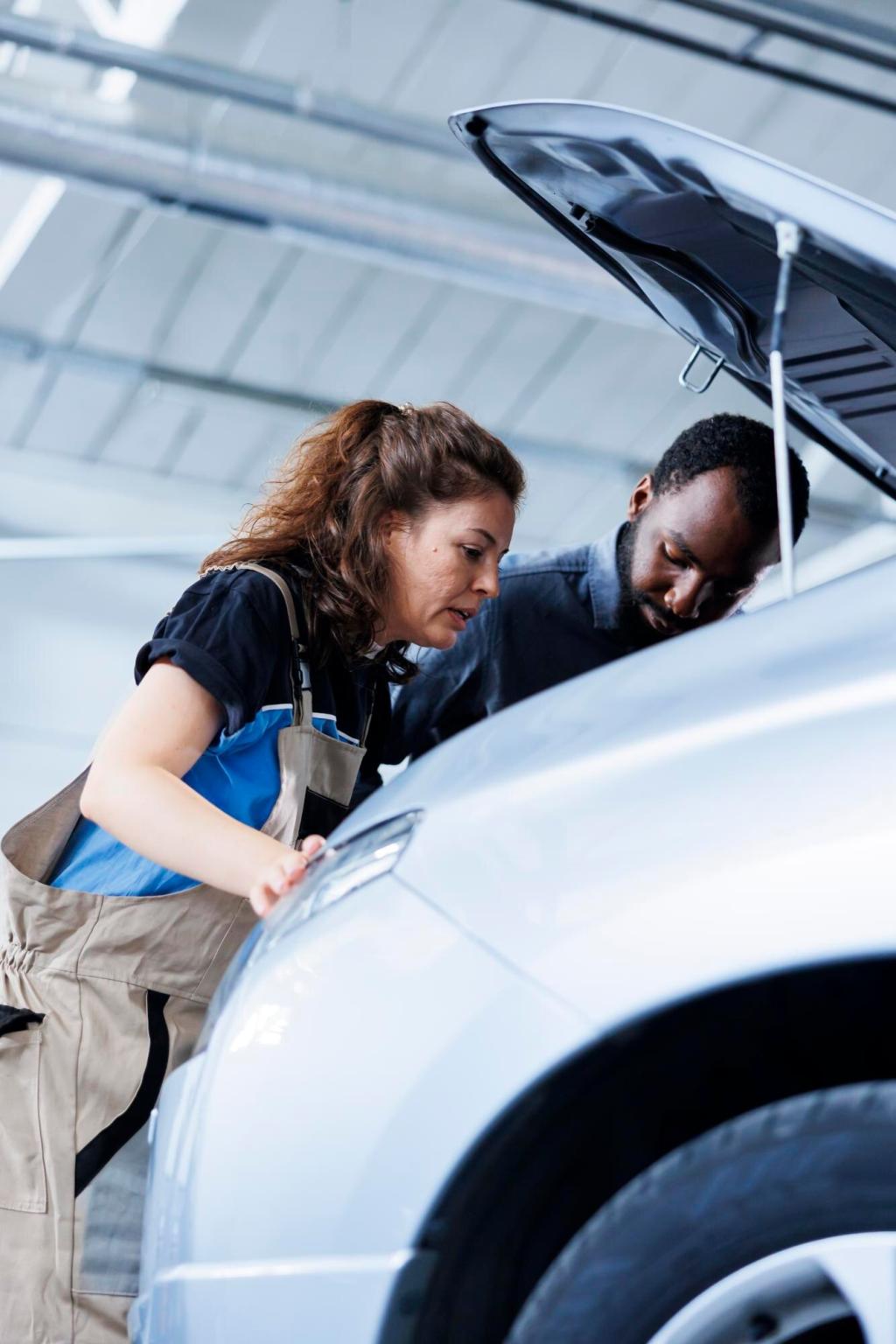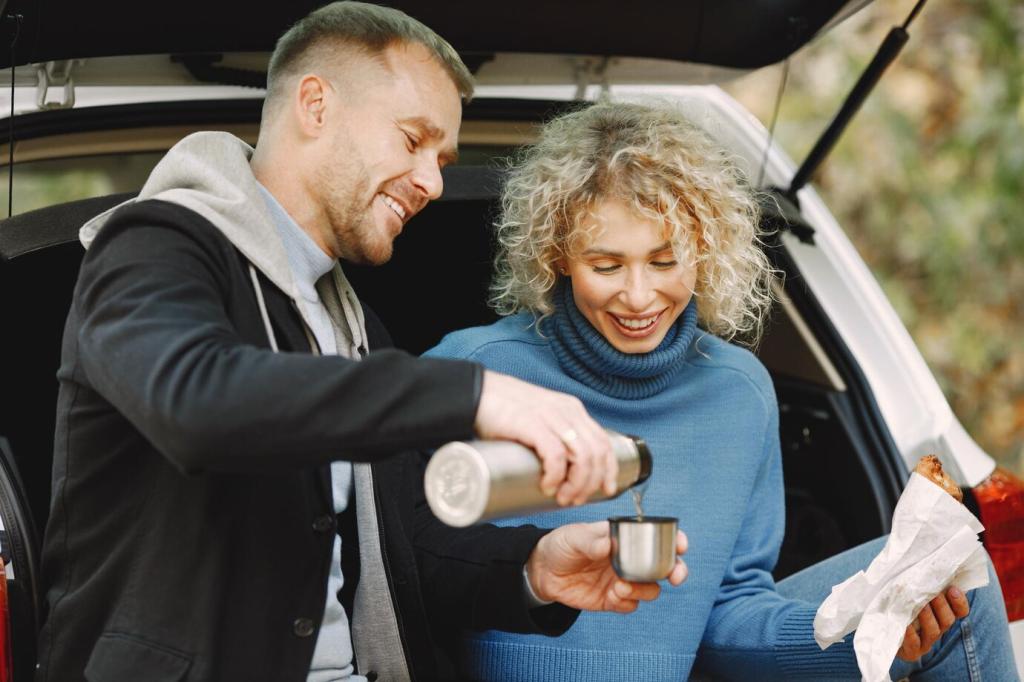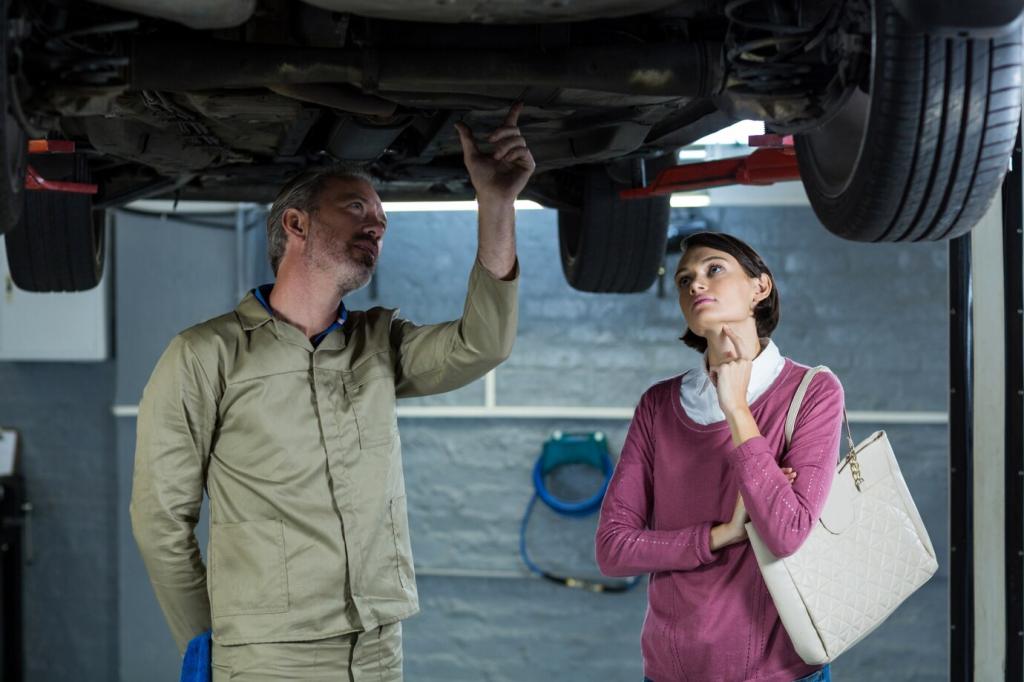Introduction to DIY Brake Pad Replacement
Chosen theme: Introduction to DIY Brake Pad Replacement. Step into your garage with confidence, learn the essentials, and discover how a careful, methodical approach can save money, sharpen skills, and keep your car stopping safely every day.

Why DIY Brake Pad Replacement Empowers You
A basic brake pad replacement often costs far less at home than at a shop, especially when you already own tools. Save that extra budget for better pads, quality rotors, or future maintenance projects.


Safety and Preparation Essentials
Gather a jack, jack stands, wheel chocks, torque wrench, breaker bar, caliper piston tool or C-clamp, brake cleaner, high-temperature silicone grease, nitrile gloves, eye protection, shop towels, and the correct replacement pads.
Safety and Preparation Essentials
Chock the opposite wheels, break lug nuts loose on the ground, then lift at approved jack points and secure with stands. Stability matters. Ask questions below if your owner’s manual diagrams look confusing.
Pad Materials and What They Mean
Ceramic pads often run quiet and clean, semi-metallics handle heat well, and organics can feel smooth but wear faster. Match your driving style and climate. Comment with your pad experiences to guide newcomers.
Rotor Health: Thickness, Runout, and Glazing
Measure rotor thickness against specifications, check for grooves and blue heat spots, and feel for ridges. Excess runout can cause pulsation. If in doubt, replace or machine. Ask the community for measuring tips.
When Squealers Speak
Many pads include wear indicators that chirp against the rotor when material gets thin. That small sound is a friendly deadline. Heard it recently? Tell us what mileage you reached before your replacement.
Avoid These Common Mistakes
Contamination leads to noise and reduced braking. Keep gloves clean, swap them after greasing hardware, and spray rotors with cleaner before reassembly. Comment below if you have a foolproof contamination prevention ritual.



Squeal or Chirp Right After the Job
Recheck pad orientation, clean contact points, and confirm hardware is seated. Light glazing may fade after bedding. Persistent noise suggests contamination or missing shims. Comment with a clip for community feedback.
Pulling, Vibration, or Soft Pedal
Pulling often means a sticky slide pin or uneven pad movement. Vibration can indicate rotor runout. A soft pedal may signal trapped air or leaks. Ask questions; describe symptoms, mileage, and vehicle specifics.
ABS Lights and Wear Sensors
Some cars use electronic wear sensors. Ensure the new sensor is connected or bridged properly. If the ABS light appears, scan for codes and inspect related wiring. Share scanner recommendations that helped you diagnose quickly.

